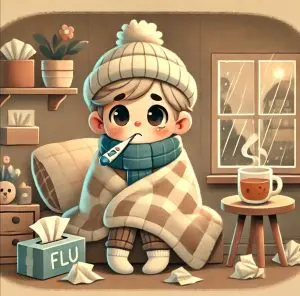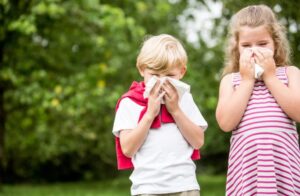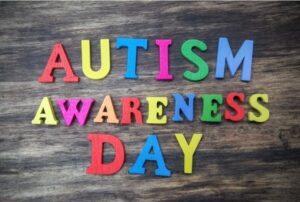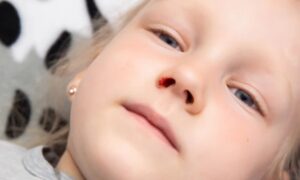Introduction
Four-year-old Lisa has been battling nasal congestion due to a cold, leaving her parents searching for relief options. Medications like saline sprays and antihistamines are often recommended, but questions about safety and side effects arise. This article explores common treatments for children’s nasal congestion and provides clear guidance for parents.
What Causes Nasal Congestion in Children?
Nasal congestion in children often results from:
- Colds or Viral Infections: Temporary congestion caused by respiratory viruses.
- Allergies: Triggers like pollen, dust mites, or pet dander.
- Dry Air: Common in winter months, leading to irritation of nasal passages.
- Enlarged Adenoids: Can cause chronic nasal congestion.
Identifying the cause helps in choosing the right treatment.
Safe Medications for Children’s Nasal Congestion
1. Saline Nasal Sprays
Saline sprays are among the safest options for clearing mucus and moisturizing nasal passages.
- Benefits: Drug-free, suitable for all ages, and can be used frequently.
- Tips for Use: Administer while your child is sitting upright. Gently spray in one nostril at a time.
2. Antihistamines
Antihistamines like loratadine or cetirizine can relieve congestion caused by allergies.
- Benefits: Reduce inflammation and sneezing.
- Side Effects: May cause drowsiness or dry mouth in some children.
3. Decongestant Sprays
Decongestant sprays, such as oxymetazoline, provide quick relief but should only be used for short durations (3 days max).
- Benefits: Immediate improvement in breathing.
- Precautions: Overuse can lead to rebound congestion.
4. Oral Decongestants
Oral decongestants like pseudoephedrine can also alleviate symptoms.
- Benefits: Effective for severe congestion.
- Side Effects: May cause increased heart rate or restlessness.
Natural Remedies for Nasal Congestion
For parents seeking non-medication options, these natural remedies can help:
- Steam Inhalation: Helps loosen mucus and ease breathing.
- Humidifiers: Keep room air moist to prevent nasal passages from drying out.
- Elevated Sleeping Position: Helps reduce congestion by encouraging drainage.
When to See a Doctor
Consult a pediatrician if:
- Symptoms persist for more than 10 days.
- Your child has a fever higher than 38.5°C (101.3°F).
- Nasal congestion is accompanied by facial pain or swelling.
Conclusion
Nasal congestion is a common but manageable issue in children. Safe remedies, whether medications like saline sprays and antihistamines or natural approaches like steam inhalation, can provide relief. Always follow dosage recommendations and consult a doctor for prolonged or severe symptoms.
References
- American Academy of Pediatrics.
- Mayo Clinic – Children’s Nasal Congestion Remedies.
- National Library of Medicine – Pediatric Use of Decongestants.
- WebMD – Safe Treatments for Nasal Congestion in Children.













